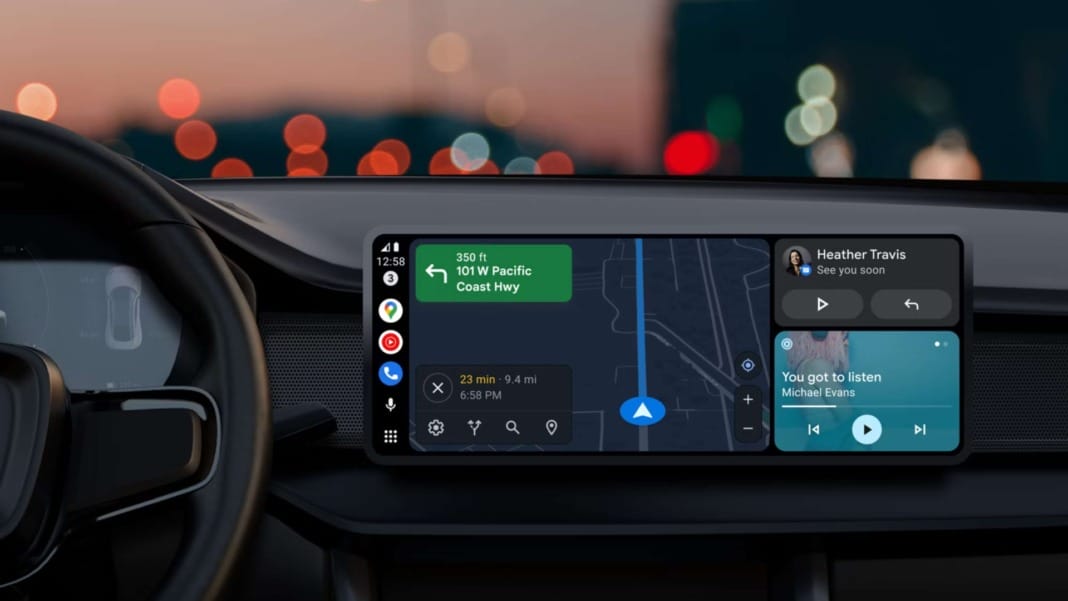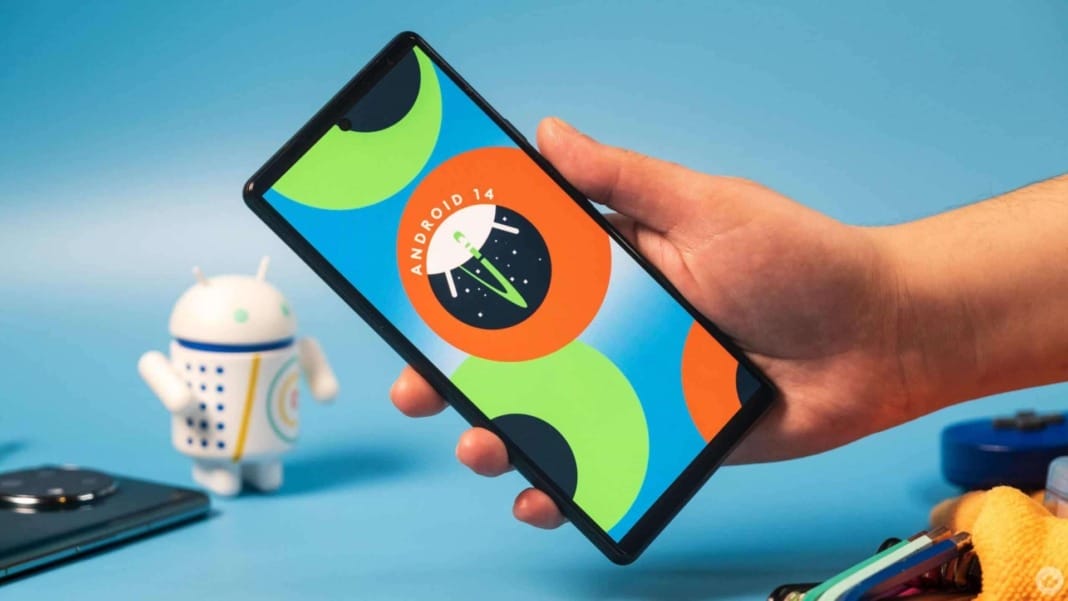As Android Auto continues to evolve, Google is committed to enhancing the in-car experience, with the system now active in over 200 million vehicles as of 2024. The user base is expected to grow, and Google is responding with significant upgrades to meet evolving needs.
Introducing Google Cast to vehicles
One of the most exciting updates is the introduction of Google Cast, formerly known as Chromecast built-in, to cars equipped with Android Automotive OS. Starting with Rivian vehicles in the coming months, this feature will allow users to easily project content from their mobile devices to their car screens, greatly expanding entertainment possibilities during travel.
Though currently limited to 40 car models from manufacturers like Polestar, Volvo, Chevrolet, Honda, and Nissan, the rollout of Google built-in is poised to expand. Notable models soon to be equipped include the Acura ZDX and Ford Explorer. With this expansion, drivers will enjoy built-in navigation via Google Maps and enhanced control through Google Assistant, along with an array of new mobile and tablet apps enabled by Google’s new developer programme.
Expanding app availability and in-car gaming
Entertainment options are set to increase with apps like YouTube and games like Angry Birds available for users, reflecting the growing popularity of in-car gaming. Google reports that nearly a million gamers per month engage with GameSnacks on Android Auto, highlighting the demand for interactive entertainment on the go.
Upcoming enhancements, as noted on Google’s built-in website, indicate that automakers such as Ford, Buick, Infiniti, and Mitsubishi are preparing to launch cars with Google built-in. These vehicles will feature apps optimised for in-car experiences, such as watching TV channels while parked and switching to audio-only while driving—transitions that will occur automatically.
Further integration improvements are underway, with app functionalities being extended to car instrument clusters. Waze and Kakaro Mobility, for instance, are enhancing their support for mapping and navigation, displaying this vital information directly within the car’s dashboard to better align with user preferences.
With these innovations, Google is set to transform the in-car technology landscape, offering drivers enhanced entertainment, superior navigation, and more interactive capabilities, making every journey more enjoyable and connected.





